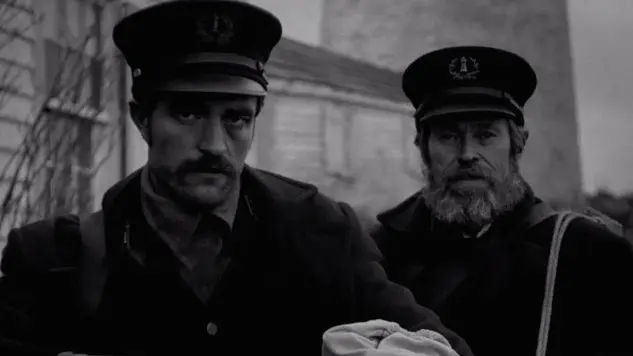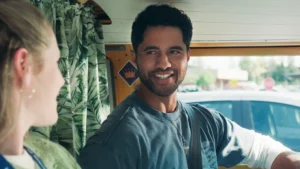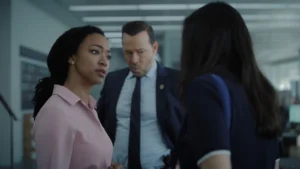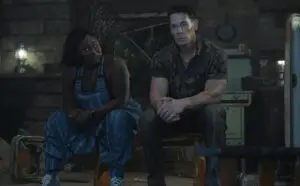Summary
A formally impressive descent into insanity, with two wonderfully committed performances to carry it along.
If there’s one thing to be learned from both Robert Eggers’ breakout indie-horror darling The Witch and his new, highly anticipated follow-up The Lighthouse, it’s that he doesn’t seem to particularly care if you understand everything his characters are saying. Such as the former was set in 1600’s New England and faithfully maintained the difficult dialect and diction of the period, the latter sticks us in with two seamen in the late 1800’s with the garbled nautical jargon to match. It’s been a bold choice each time, and one that reflects the intrepid spirit of a director who’s clearly got something to prove. After seeing The Lighthouse, I’m hard-pressed to say he hasn’t done so.
The beauty of Eggers’ new film is how it takes a great elevator pitch and feverishly runs with it to its striking full realization: put Willem Dafoe and Robert Pattinson on an island together, cover them in filth, grime, and saltwater, make them go insane, put it in black and white. Oh and make Dafoe fart a bunch. It’s a wonderfully manic premise and one that is meticulously crafted to send the audience down the rabbit hole of insanity with the two actors, each of whom is exceedingly committed to giving a couple of nutso performances. Watching the two of them pivot back and forth with one another from gentle ribbing, to moments of genuine friendship, to having each other at the brink of straight-up murdering the other is a treat to watch unfold with two performers perfectly suited for the task.

As the only two actors in the whole movie (basically), The Lighthouse is entirely on their backs, and on that of Eggers’ who captures the lunacy in staggeringly beautiful detail. The crisp black and white photography is astonishing (and reminiscent of a ghost movie) and Eggers’ keen perception of pacing and build-up are put to supremely ample effect here. He smartly allows you to just live on the island with these characters for a significant amount of time before things go haywire; you might wonder what exactly this movie is actually getting at for the first 45 minutes or so. It’s an initially slow but wonderous crawl to the back half of the film where the tensions continually rise and deflate again, every move from each character and from the natural elements they’re put up against more unpredictable than the last. The film batters the audience with so many instances of climactic insanity followed by a lull right back into reality that it becomes unclear to the audience, just as it is to the characters, what is real and what isn’t anymore. The descent into chaos transcends past the theater screen right into the auditorium.
The 1.19:1 aspect ratio is also of note, an effective method of visually trapping the viewer into the space with the characters. Also of particular interest is the sound design, specifically a recurring, loud foghorn drone that is heard throughout much of the film that could be become difficult for some less patient viewers to bear, along with the constant squawking of seagulls and eerie music cues that permeate much of the runtime. All these elements combined make for a film of some serious sensory-overload and a frighteningly real sensation of psychotic mania that pervades your perception of the film itself. When Pattinson’s character starts to suspect something supernatural may be at work, you’re given little reason not to believe it to be the case.
Some may find this as purely an exercise in creating a film of textured, terrifying delusion; a one-note effort in the creation of tone that’s formally impressive but doesn’t have much underneath. That argument is somewhat sound and may have some truth to it, but I couldn’t help but be mesmerized by the deranged pleasures offered here. It’s like an old suburban folktale about two lighthouse keepers that went insane come to life in vivid, glorious, sometimes graphic detail. By the time Dafoe and Pattinson are taking each other by the hands dancing around the kitchen singing shanty tunes and drinking themselves to death, you realize that you don’t mind that you can’t catch every word out of their mouths — it’s all part of the madness.




